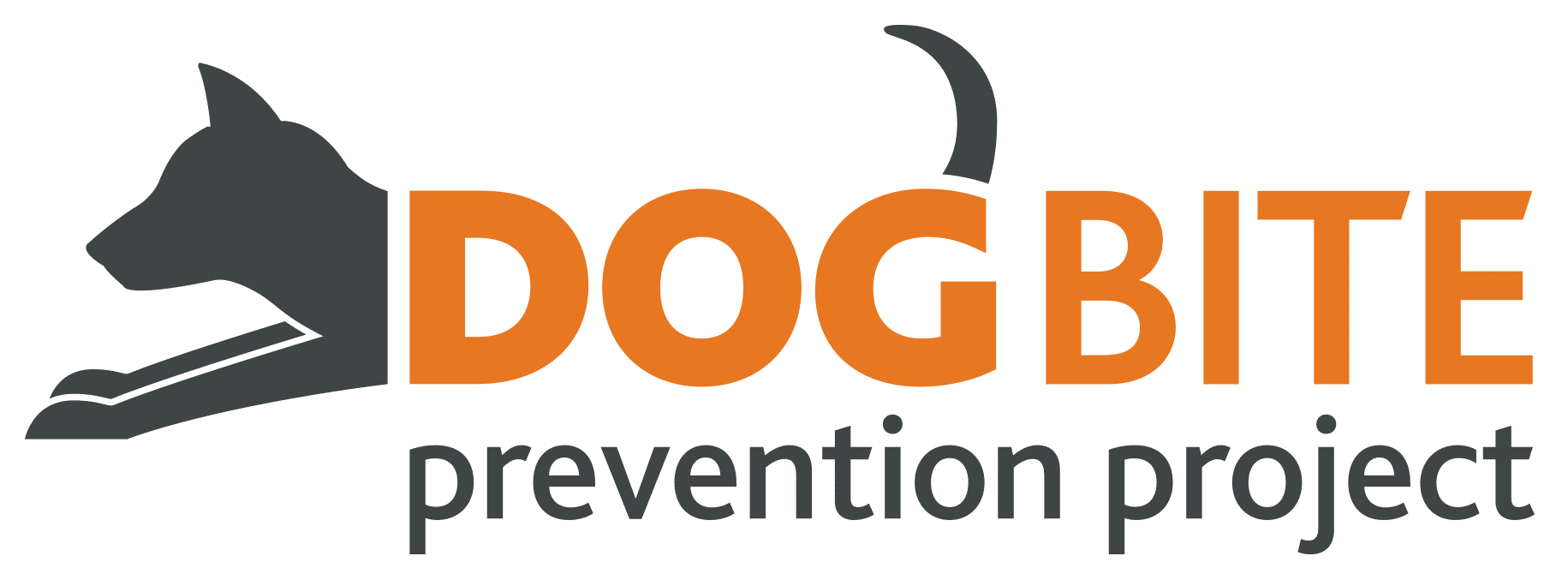
What your workers will learn
Through written instructions and simple video modules, the course teaches workers how to assess situations, anticipate risks and avoid potential dog bites. It’s broken into four main components:

1. UNDERSTANDING WHAT INFLUENCES A DOG’S BEHAVIOUR
Workers will learn what different factors influence a dog’s behaviour and how to interpret common dog body language before they enter a property.
On completion of this module, workers will have an improved understanding of dog behaviour and why dogs ‘do what they do’, so they can see things from the dog’s perspective.

2. DETERMINING WHICH DOGS ARE ‘SAFE’ OR ‘UNSAFE’
Once they’ve completed this module, the worker will understand the different body language shown by dogs that indicate risk and potential injury.

3. APPROACHING AND INTERACTING WITH UNFAMILIAR DOGS
Now that they understand dogs’ body language, workers will learn how their own body language is perceived by dogs. They’ll be taught different methods to use when approaching and interacting with dogs to reduce injury risk, and how a dog may respond to them.
Workers will be better able to predict the outcome of difficult situations, by employing effective risk management techniques and strategies.

4. RESPONDING SAFELY TO A DOG BITE RISK
This module will give workers an understanding of the main options a dog may choose in response to an unfamiliar person entering the dog’s environment. Workers will develop strategies for assessing the risks before entering a property. They will learn how to determine whether to proceed with entering and what is necessary for the experience to be safe with minimal dog bite risk, and help to encourage a positive experience for the dog and therefore set the dog and worker up for future positive outcomes.
This module will give examples of reporting practices for when a worker encounters a high risk dog on a property and help to learn how to communicate their experience with an employer using the appropriate reporting form.
